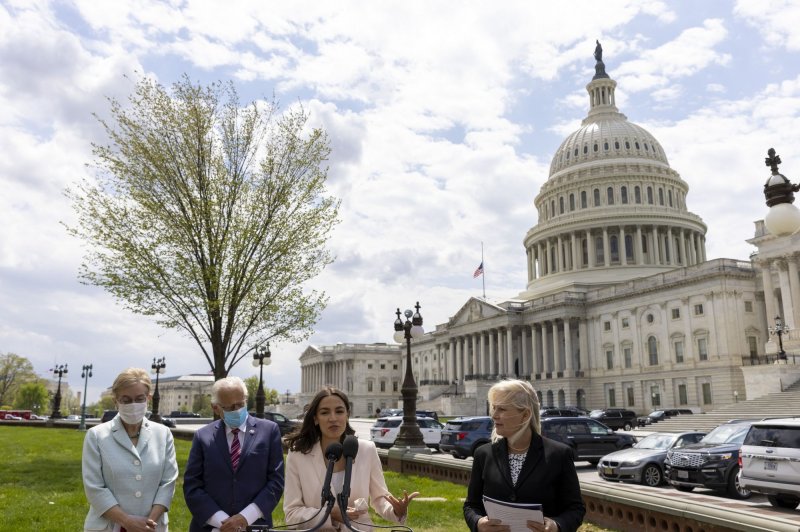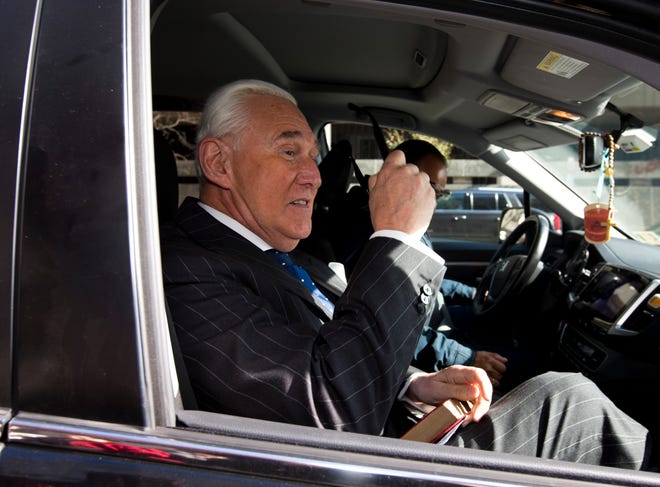
Sen. Kirsten Gillibrand, D-N.Y., and other Democratic lawmakers on Thursday called on their colleagues in Congress to include pilot programs for USPS to provide essential banking services in the 2022 fiscal bill. Photo by Tasos Katopodis/UPI | License Photo
April 15 (UPI) -- A group of Democratic lawmakers on Thursday called on Congress to implement postal banking pilot programs in rural and low-income urban neighborhoods.
Sens. Kirsten Gillibrand, D-N.Y., and Bernie Sanders, I-Vt., along with Reps. Alexandria Ocasio-Cortez, D-N.Y., Bill Pascrell, D-N.J., and Marcy Kaptur, D-Ohio, called for Congress to implement the programs as part of the Fiscal Year 2022 appropriations bill and to include $6 million in funding to carry out the programs.
Under the program, the U.S. Postal Service would provide check cashing, money wiring and other essential banking services to Americans who live in so-called bank deserts that force them to turn to check-cashing companies and other predatory institutions.
In a statement, Gillibrand noted that 63 million Americans are considered underbanked, with 90% of zip codes lacking a bank or credit union located in rural areas. Additionally, 46% of Latino households and 49% of African American households are also considered underbanked.
"Mainstream financial institutions and predatory lenders often take advantage of underbanked Americans with high fees and interest rates that keep them in a cycle of poverty. As families across the country try to recover from the economic crisis, establishing postal banking pilot programs would ensure these communities have financially safe and reliable banking services," said Gillibrand.
During a press conference Tuesday, Ocasio-Cortez described the impact that a lack of proper banking services has on New York's low-income communities.
"They'll show up to a check cashing place and imagine cashing your stimulus check ... and having 10% to 20% of that check taken away from you," she said. "Those are diapers, that's baby formula and that's food that is taken out of the families just to cash a check. And by the way, it's not because families don't want to be banked but it's because banks won't bank them because it's not profitable enough to bank certain communities."
Pascrell criticized efforts by former President Donald Trump and Postmaster General Louis DeJoy to cut funding to USPS, stating postal banking could give the service a boost.
"The current Post Office leadership has failed miserably and must be replaced to begin the work of rebuilding our beloved Post Office," Pascrell said. "But postal banking is essential to that rebuilding and will help this beloved institution flourish into the next century."














